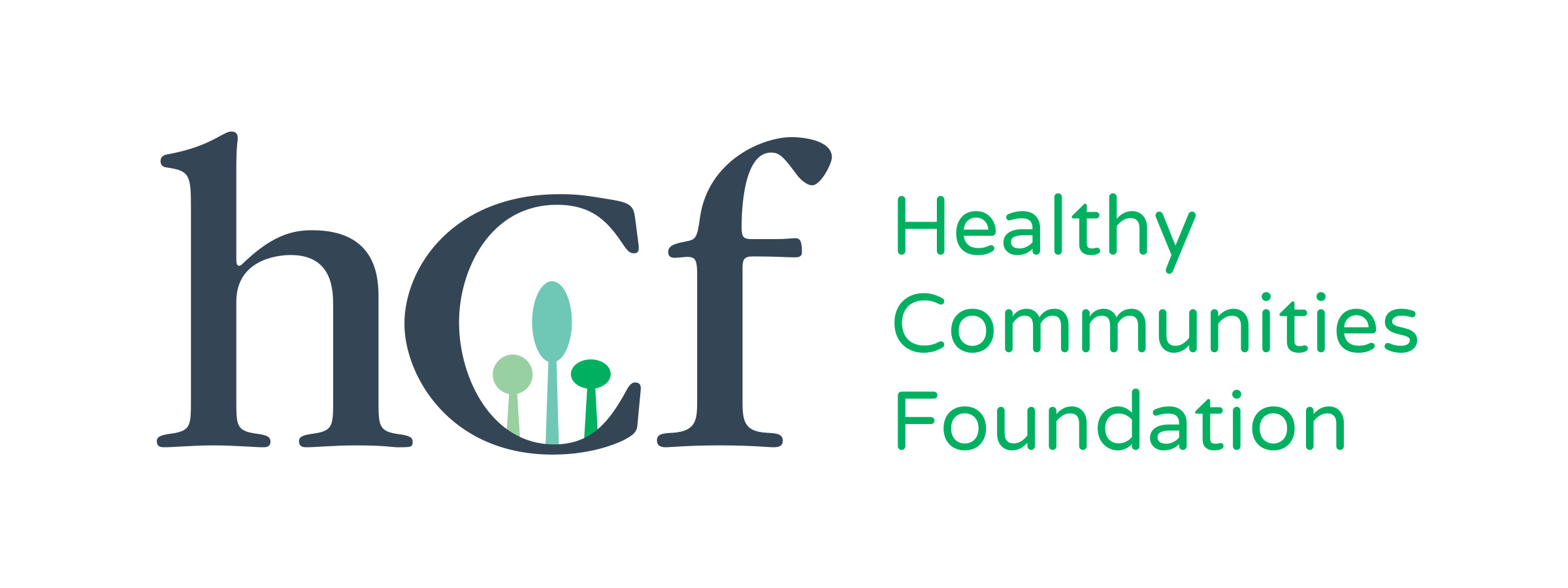Learning & Evaluation
We hold ourselves accountable to our mission by learning with community and measuring our progress toward advancing health equity in our service region.
We have worked alongside our grantee partners to develop an equity-centered, community-informed learning and evaluation framework that guides our grantmaking, stewardship, and organizational learning.
Grounded by our strategic plan and influenced by the Equitable Evaluation Initative, this framework helps us assess how our actions align with our values, strengthen our local health ecosystem, and advance systems change in our service region.
Our framework centers learning in service of equity, guiding how we learn with and from community, and adapt our work to meet evolving community health needs.
We collect information from community conversations, grant applications, reporting, site visits and public health data to better understand organizations’ work and the broader health ecosystem.
We make meaning from what we learn by identifying trends, challenges, and opportunities for collective solutions to community health needs.
We act on feedback and insights to better address community needs and expectations.
We adjust our strategies and grantmaking practices to ensure they align with our theory of change.

Our Strategic Plan guides where we are going. Our Theory of Change maps how we get there.
Our impact as a foundation depends on the strength of our local health ecosystem—the organizations and leaders closest to the issues and solutions. Through our general operating support, we invest in that strength and track progress toward our vision, ensuring that our learning and evaluation approach centers equity, partnership, and impact in our grantmaking.
We share what we are learning and discuss how trust-based philanthropy influences our grantmaking practices and processes.
Every year, we reflect on what we are hearing and learning alongside our grantee partners and share those insights in our General Operating Support in Action report. We invite you to explore the latest insights shaping our work and the community-led efforts driving change across our service region.
Read our thought pieces where we discuss how we integrate community-driven insights and trust-based practices into our grantmaking.









